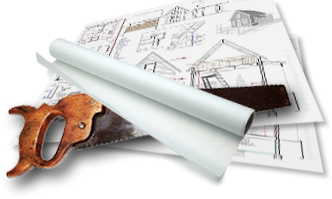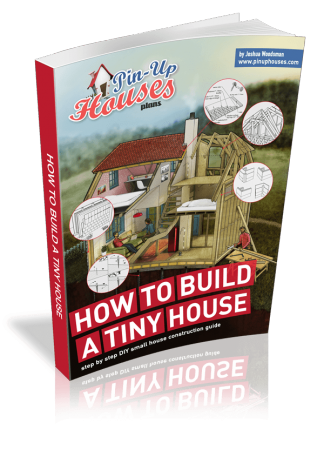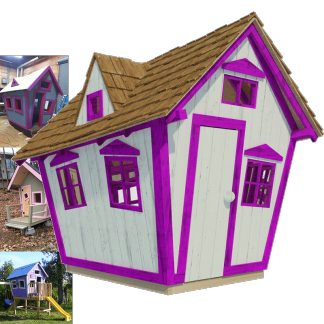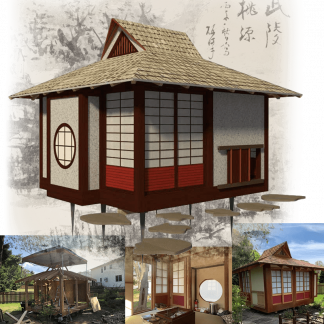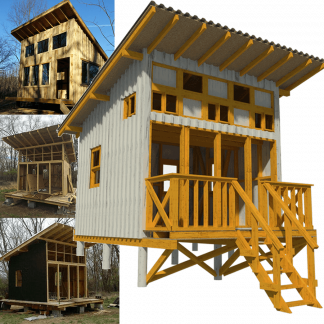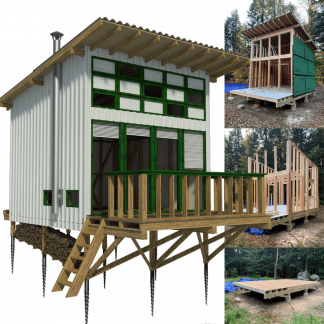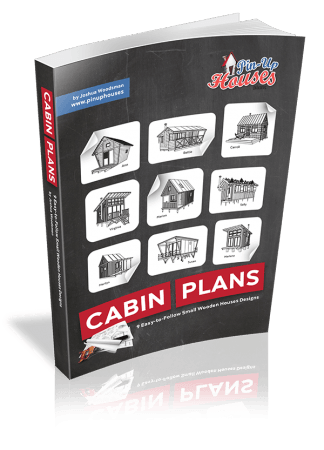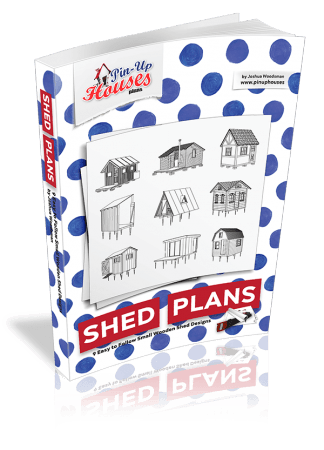Sustainability is no longer a fringe idea—it’s quickly becoming a top priority for homeowners and buyers alike. Many people browsing Sydney, London, Chicago, or even San Miguel de Allende homes for sale are thinking beyond style and location. They’re asking smarter questions: Is the home energy-efficient? Are natural materials used? How does it perform year-round?
That shift is especially visible in architecturally rich neighborhoods like Guadiana in San Miguel de Allende, where eco-conscious upgrades are blending seamlessly with colonial charm. More homes here are designed with sustainability in mind—balancing tradition with forward-thinking environmental design.
The Environmental Impact of Traditional Homes
Traditional construction and lifestyle habits take a toll. Standard homes often use high-energy appliances, synthetic materials, and outdated plumbing systems that waste water and power. Multiply that by millions of houses, and it adds up quickly.
That’s where sustainable homes come in. They’re designed to reduce energy consumption, limit waste, and work harmoniously with the local environment. Solar panels, low-flow fixtures, thermal insulation, and passive cooling aren’t just trendy—they’re effective.
Why Sustainable Living Makes Sense
Eco-conscious homes tend to be more cost-effective in the long run. Reducing electricity and water use means lower utility bills. Smart design features, like energy-efficient windows or strategically placed shade trees, help naturally regulate indoor temperatures—especially important in places with sunny climates.
Then there’s the health factor. Green homes often use low-VOC paints, toxin-free materials, and proper air filtration systems. The result? Better air quality, fewer allergens, and a space that simply feels better to live in.
A Smarter Investment
The demand for eco-friendly real estate is rising. Buyers are now considering sustainability as part of a property’s value—not just square footage or location. In high-demand neighborhoods, homes that include green features often stand out and retain value better over time.
As building codes and global standards tighten, eco-conscious homes are becoming less of an option and more of an expectation. Investing now means staying ahead of the curve, both financially and environmentally.
Neighborhoods Making a Difference
Communities across the globe are rethinking how homes are built and lived in. Some areas are leading with thoughtful architecture, native landscaping, and upgrades that quietly prioritize the environment. Even older homes are being retrofitted to meet modern green standards, proving that sustainability doesn’t mean sacrificing character or comfort. Instead, it adds value— personal and practical.
Making the Shift—One Step at a Time
Sustainable living doesn’t have to be an all-or-nothing approach. Small changes matter. Maybe it starts with a switch to LED lighting. Or choosing native plants for your garden. Or asking your builder about insulation and solar-ready roofing. Every step counts.
Final Thoughts
Sustainable housing is a response to the real challenges we face today. It makes our homes healthier, more efficient, and future-ready. If you’re looking to invest in a better lifestyle—and a better planet—eco-friendly living is a smart place to start. Choosing sustainability means you’re not just buying a house. You’re choosing a way to live better—for yourself and for generations to come.

